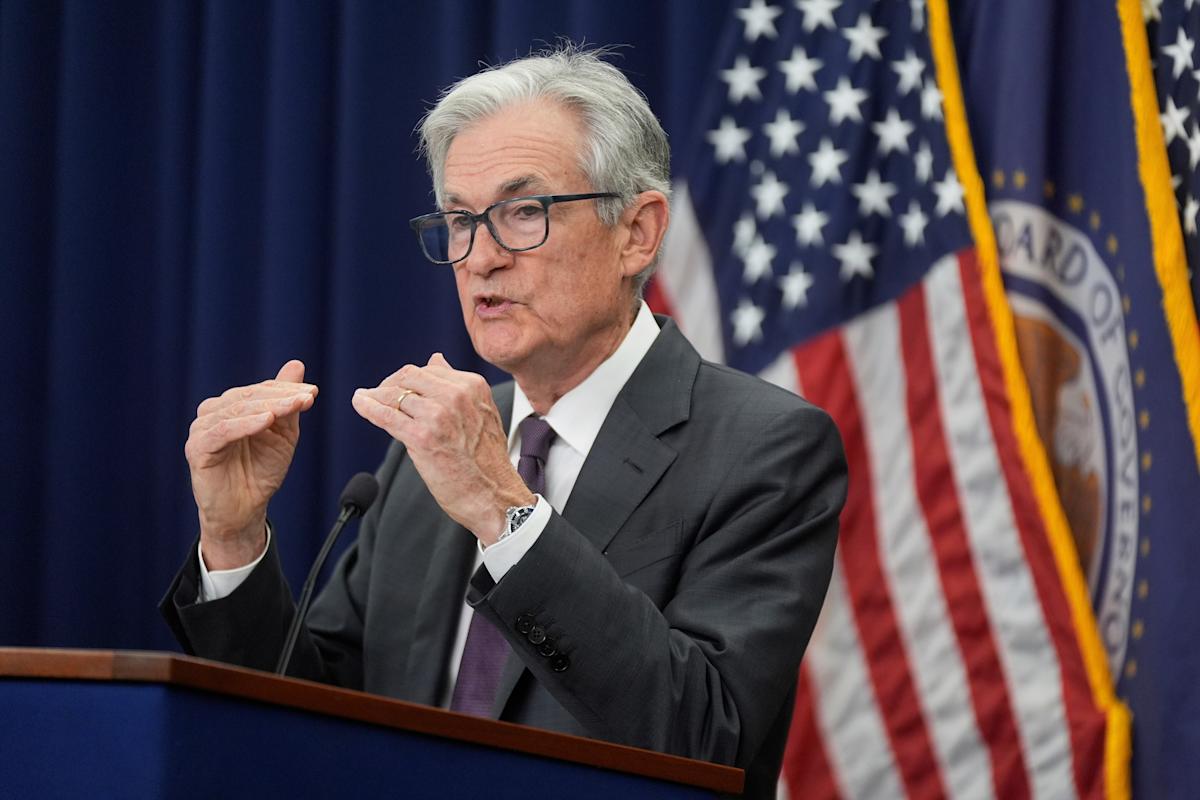U.S. Inflation Steady in July as Tariffs and Prices Shift Consumer Costs
- Small Town Truth

- Aug 13
- 3 min read

U.S. Inflation Holds Steady Amid Mixed Price Movements
In a recent report from the Labor Department, U.S. inflation remained unchanged in July, reflecting a complex balance in consumer prices. While some imported goods saw price increases, declines in gasoline and grocery costs helped stabilize overall inflation rates, which show a modest increase from last year.
According to the report, consumer prices rose by 2.7% in July compared to the same month a year ago, maintaining the rate from the previous month. Notably, this figure is an uptick from a low of 2.3% recorded in April. When factoring out volatile food and energy prices, core inflation increased by 3.1%, up from 2.9% the previous month, and both measurements remain above the Federal Reserve's target of 2%.
The interplay of several factors is affecting these numbers, including easing rent prices and falling gas costs, which are counteracting some of the inflationary pressure caused by tariffs implemented by President Donald Trump. The tariffs, which have seen a 10% average applied to imports, began making an impact in April, with duties not only on China but also on various imports, including those from Canada.
Economist Brian Bethune from Boston College highlighted that overall tariffs are at their highest levels in decades and anticipated they may continue to rise. He suggests that, “Those cost increases will be passed on to the consumer in some way, shape, or form,” which may lead some businesses to engage in 'shrinkflation'—reducing product sizes while keeping prices the same to maintain profit margins.
As the economic landscape shifts, the Federal Reserve faces a challenging outlook. Following a slowdown in hiring during spring, expectations are growing around a potential interest rate cut when the Fed convenes in September. Some Fed officials are expressing concerns regarding the labor market's health, potentially indicating a response to the latest data.
On a month-to-month basis, prices edged up by 0.2% in July, slightly down from 0.3% in June. Core prices, however, saw a modest increase of 0.3%, compared to 0.2% the previous month. Gas prices fell by 2.2% from June to July and are down 9.5% from the previous year, while grocery prices saw a minor decrease of 0.1% month-on-month, albeit still 2.2% higher annually.
Some specific goods are showing significant price changes. For example, shoe prices increased by 1.4% from June to July, furniture prices rose by 0.9%, and coffee has spiked nearly 15% year-on-year largely due to poor harvest conditions abroad, exacerbated by tariffs on Brazilian imports.
The current environment at the Bureau of Labor Statistics (BLS) is tense, especially after President Trump dismissed its leader following a disappointing jobs report indicating lower-than-expected hiring. Trump has appointed E.J. Antoni, a critic of the BLS reports, as the new head of the department.
Amid these developments, small businesses are exploring innovative solutions to avoid raising prices directly. For instance, Princess Awesome, a clothing company, has seen production costs rise substantially due to tariffs. To manage expenses, the company has introduced a 'tip jar' on its website, asking customers for support to balance the increased costs.
Despite claims that tariffs would compel foreign manufacturers to alleviate costs, economic analyses suggest otherwise. Goldman Sachs economists noted that foreign producers have absorbed only a fraction of the tariff duties, while the bulk is being absorbed by U.S. companies and consumers—projected to reach two-thirds by fall.
Large companies are also responding with price increases. Procter & Gamble has announced price hikes across a significant portion of its product line, while retailers like Walmart have been raising costs as well. Similarly, cosmetics company e.l.f. Beauty has instituted price increases due to tariff expenses.
.png)